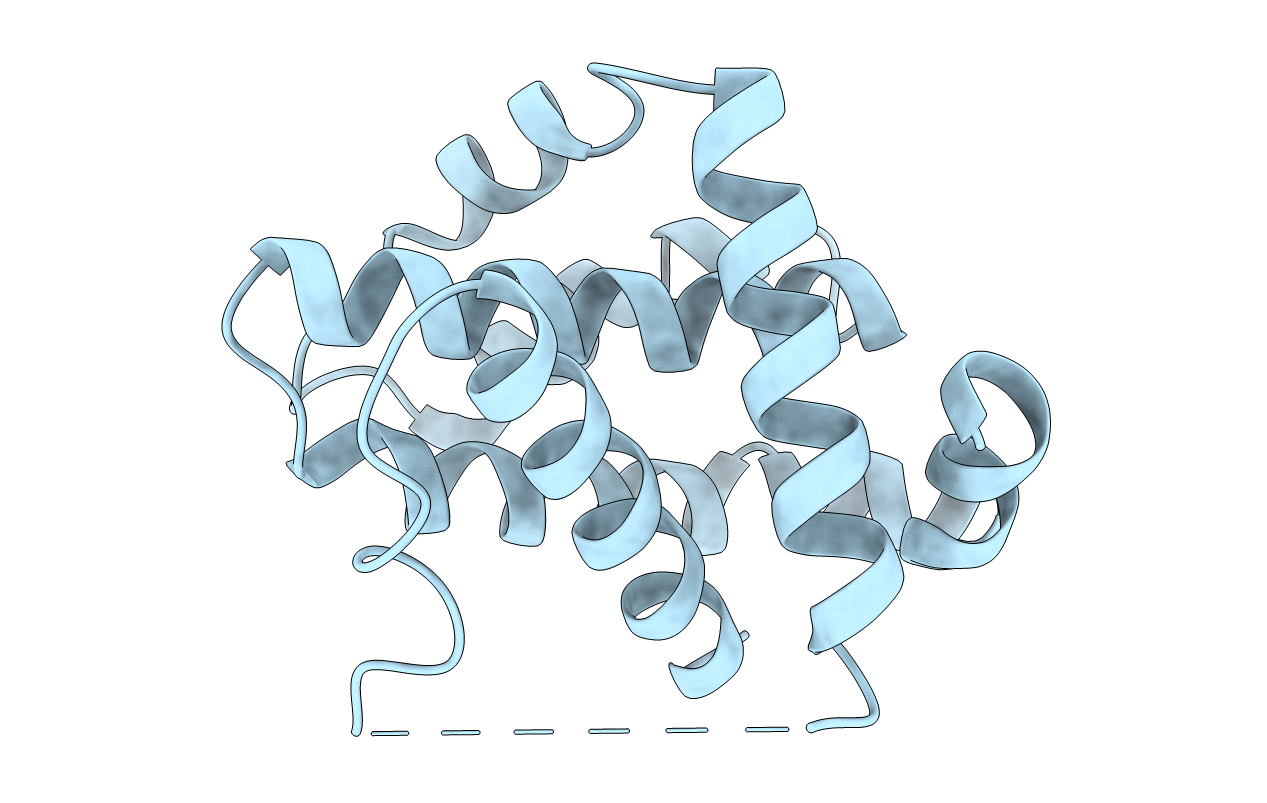
Deposition Date
1997-03-21
Release Date
1997-07-07
Last Version Date
2024-02-07
Method Details:
Experimental Method:
Resolution:
2.50 Å
R-Value Free:
0.27
R-Value Work:
0.22
R-Value Observed:
0.22
Space Group:
P 41 21 2


